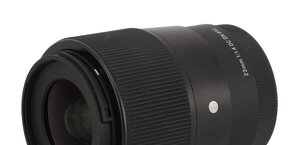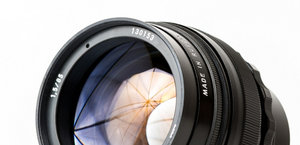Tamron 150-500 mm f/5-6.7 Di III VC VXD
5. Chromatic and spherical aberration
Chromatic aberration
Both photos below show clearly that the constructors of the Tamron's 150-500 mm optics took proper care of correction of longitudinal chromatic aberration and it won't be bothersome in any way.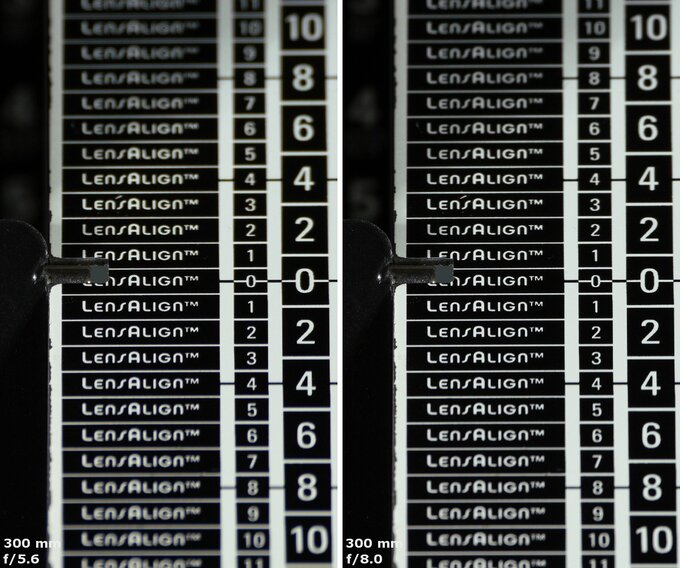 |
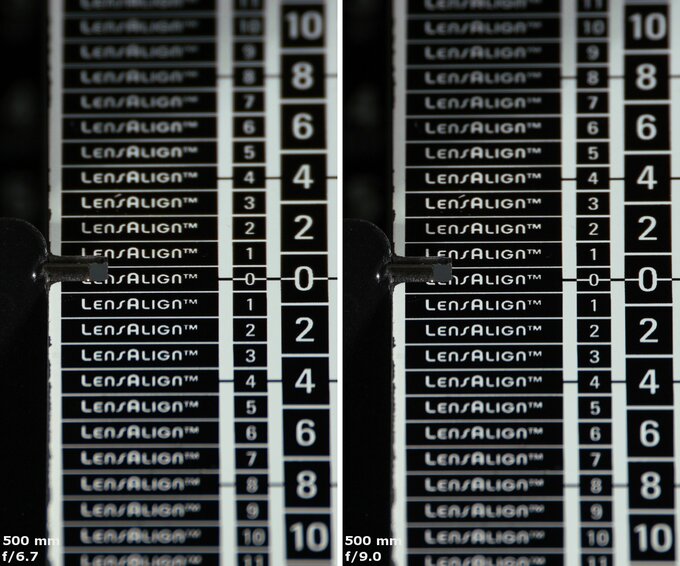 |
Please Support UsIf you enjoy our reviews and articles, and you want us to continue our work please, support our website by donating through PayPal. The funds are going to be used for paying our editorial team, renting servers, and equipping our testing studio; only that way we will be able to continue providing you interesting content for free. |
- - - - - - - - - - - - - - - - - - - - - - - - - - - - - - - - - - - - - - - - - - - - - - - -
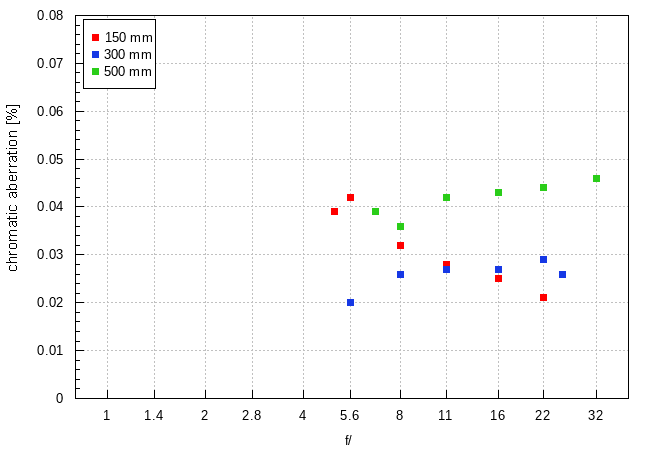
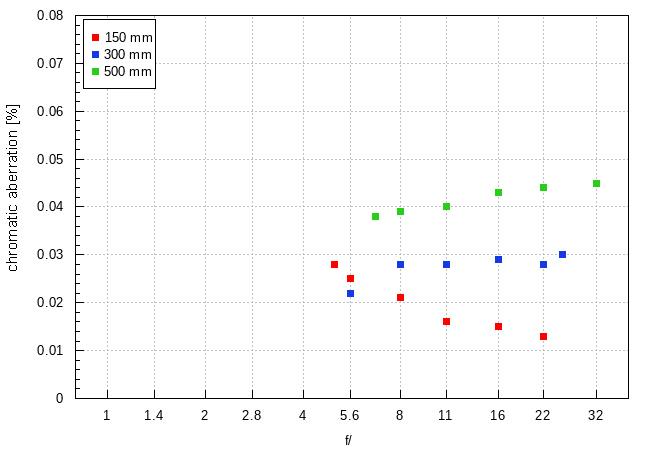
You see at once that the results of the Tamron don't exceed a level of 0.05% in any place, being low or very low. The lowest level can be observed at the shorter end of the focal spectrum, and at 500 mm it is the highest but still never giving you any reasons to complain.
| A7R IIIa, RAW, 150 mm, f/16 | A7R IIIa, RAW, 500 mm, f/16.0 |
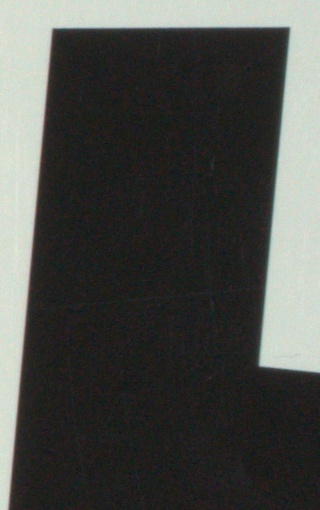
|
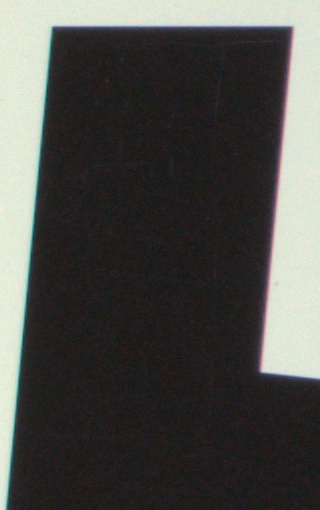
|
Spherical aberration
The tested lens doesn't show any noticeable 'focus shift' effect and slightly foggy images at the maximum relative aperture, both being characteristic features for badly corrected spherical aberration. At the same time that aberration doesn't make itself felt in defocused circles of light we got before and behind the focus. The only thing you can notice is a slight difference when it comes to the brightness of both circles. All of this makes us think that you won't have any serious reservations concerning the correction of spherical aberration in the Tamron 150-500 mm.
| A7R IIIa, 300 mm, f/5.6, before | A7R IIIa, 300 mm, f/5.6, after |
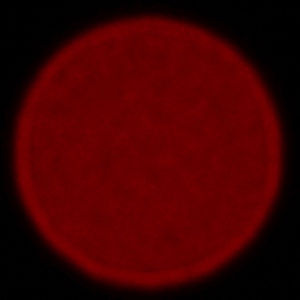
|
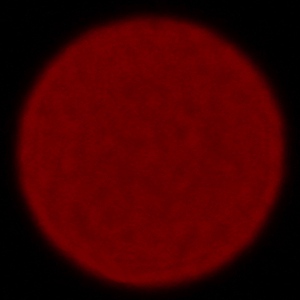
|
| A7R IIIa, 500 mm, f/6.7, before | A7R IIIa, 500 mm, f/6.7, after |
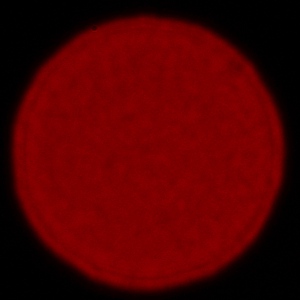
|
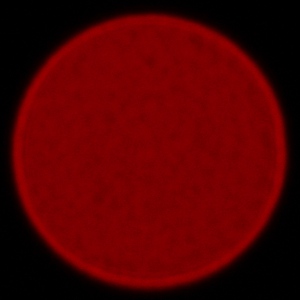
|





